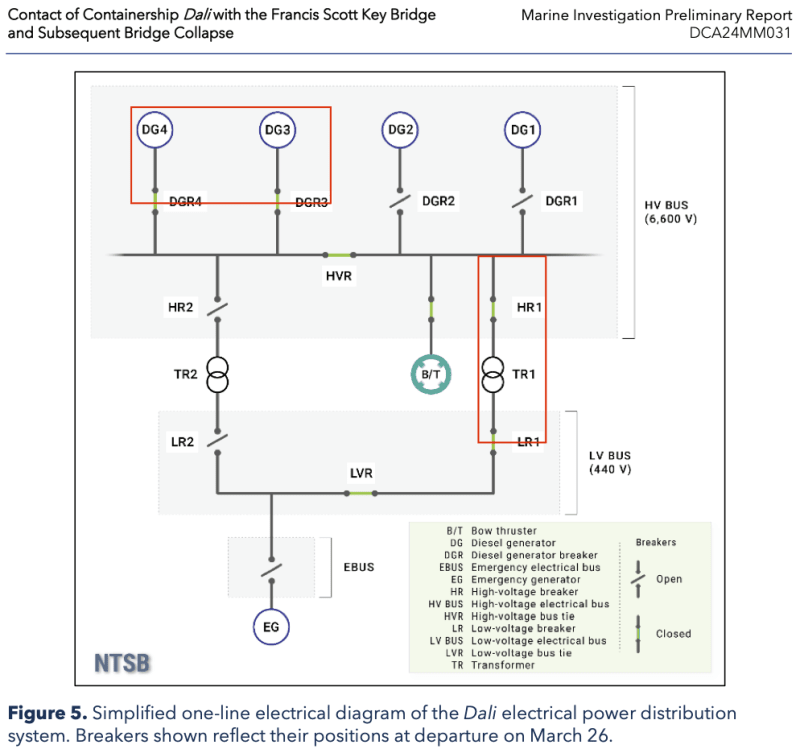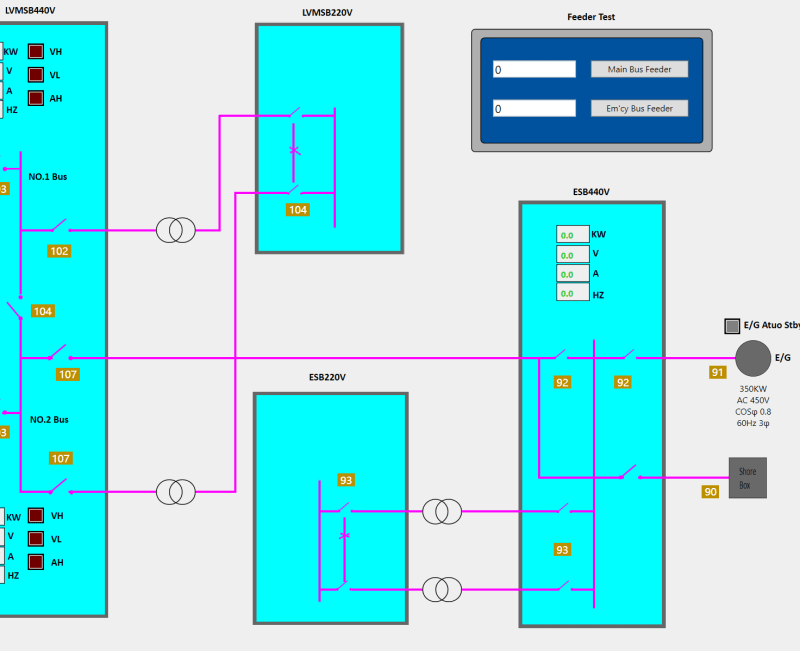Tomfh
Structural
- Feb 27, 2005
- 3,584
Follow along with the video below to see how to install our site as a web app on your home screen.
Note: This feature may not be available in some browsers.
LittleInch said:They only use ONE HV to LV transformer (out of two available) from the HV bus to power the LV bus for some unstated reason. I really can't understand why everything would hang off one set of breakers and TX when you could use two?? TXs don't exactly wear out do they? Any sparkies out there able to comment?


Roga50 said:With a fault large enough to trip both DG breakers on the HV bus the 2nd time, I'd expect some pretty obvious damage to whatever triggered the trip. Will be very interesting to see what condition TR1 is in currently...
